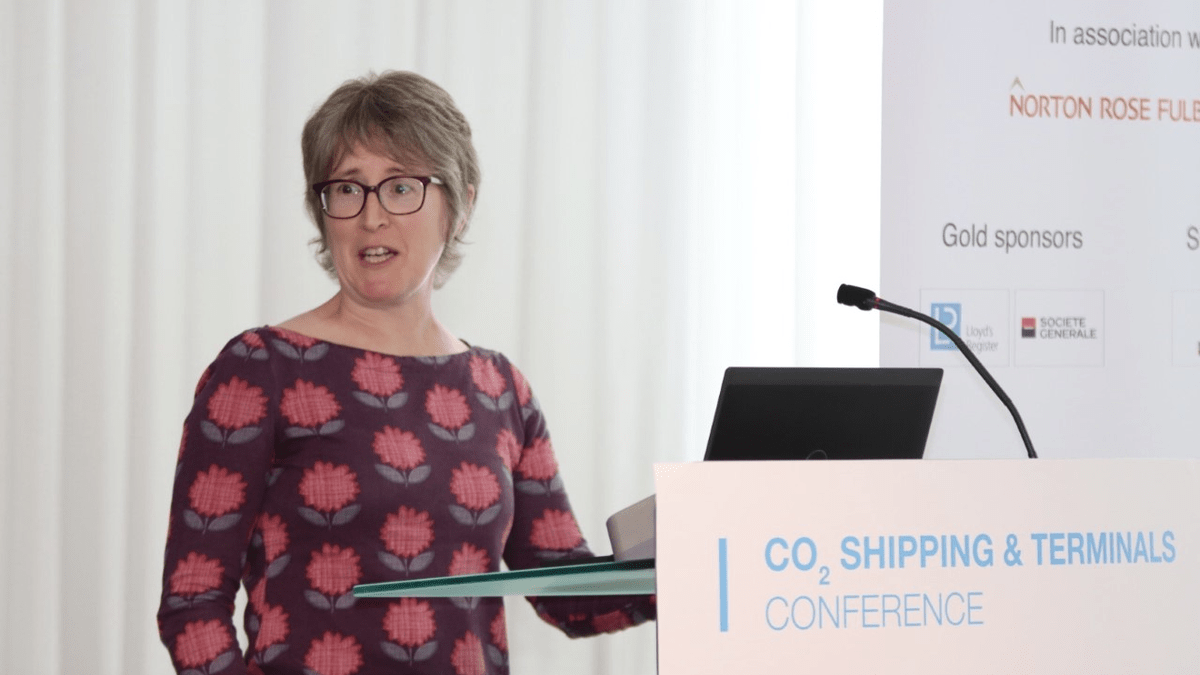Looking at the development of LNG shipping’s spot market as a template for the nascent CO2 shipping market is useful in understanding why longer-term contracts are likely to make up the majority of the market for years to come, according to commentary from Shell head of commercial shipping and strategy Claire Wright
Having been asked to take a view on the potential development of a spot market for CO2, Ms Wright made it clear her thoughts on the matter were speculation.
“The organisers asked me to do some crystal ball gazing, and I told you not to believe anything I am going to say, and if there are any journalists in the room, this particularly means you,” she told delegates at Riviera Maritime Media’s CO2 Shipping & Terminals Conference.
Ms Wright said that, despite the comparison between LNG and CO2 shipping markets becoming far too common, she began thinking about the potential longer-term development of a CO2 spot market by looking at the development of the LNG market.
“In 2003, 13 countries imported LNG. In 2021, it was 44,” she said, “so it has grown over time.”
Alongside that growth, Ms Wright said ship sizes have increased with time after highlighting two elements of the LNG market she said were key to its growth: standardisation and safety.
Despite the strong track record of LNG shipping and its relatively standardised systems and processes – and for all of the discussions about LNG spot rates – Ms Wright pointed out that nearly 60 years after the first commercial LNG cargo was shipped, only about one-third of LNG cargoes is spot traded.
“60-70% of trades are under long-term contract,” she said. “The reason for that is because of the cost of building the infrastructure… there is a desire to have long-term certainty.”
Ms Wright equated that to the CO2 shipping trade, saying, “One would think there would be more desire for a long-term contract rather than the free-form spot market for CO2 shipping”.
Digging deeper, into what would be needed for a spot market to develop for CO2 shipping, Ms Wright said standardisation within the market segment should be “strongly encouraged”, as should safety. And the third element she discussed was market liquidity.
“Finally, liquidity in the market is needed: you need vessels in the market… but from a shipowner perspective, they need some certainty of employment for a ship to warrant investment in (construction of) a ship without a contract (from a charterer) at the time of construction.”
Ms Wright also pointed to one key discrepancy between shipping hydrocarbons and the waste product of hydrocarbons.
“In the case of LNG and oil, these products have an intrinsic value,” and Ms Wright said the market is still some way from finding an intrinsic value for CO2.






